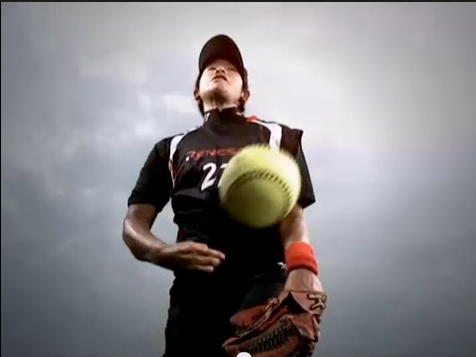Loose arm whip is absolutely critical to pitching fast. It’s not a stylistic choice; every single elite pitcher whips her arm, regardless of how she was taught to follow through after the arm whip takes place. Some lucky windmill pitchers begin whipping their arms within the first few days of learning; it just comes naturally to them. To many, however, it does not come naturally, and in those cases I believe teaching the arm to whip is the hardest thing for a young pitcher to do. BUT, it’s not impossible. It’s a long and arduous process that requires a lot of dedication and patience, but it’s not impossible. For those who are trying to learn arm whip and aren’t quite getting it, or for those who have learned a different way to pitch and are now trying to switch to the arm whip, I will compile some resources that you can use to help get the job done.
Read More
